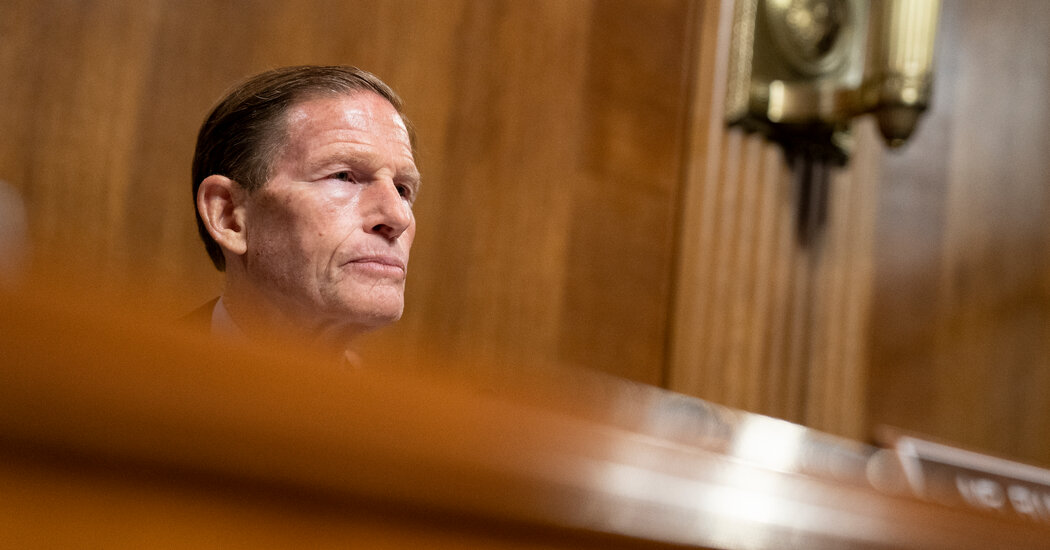
Families of those who spent time on the website and learned ways to die have long sought accountability from tech companies that lead people to the site, including search engines. The site draws six million page views a month, and nearly half of all traffic is driven by online searches, according to data from Similarweb, a web analytics company.
A representative for Microsoft said that in response to The Times’s investigation, the company had “taken action in line with our policies” and “addressed the ranking associated with this website in our results,” making the site rank lower for most related searches.
Citing The Times’s reporting, Mr. Blumenthal wrote in his letter, addressed to Google’s chief executive, Sundar Pichai, that the content on the suicide site “makes the world a dark place for too many,” and that Google had the ability and legal authority to steer “people who are struggling away from this dangerous website.”
“Google’s hands are not tied, and it has a responsibility to act,” he wrote.
In an email to The Times, Lara Levin, a spokeswoman for Google, declined to comment on the investigation or the senator’s letter.
Mr. Blumenthal made the same case in his letter to Microsoft, writing to the company’s chief executive, Satya Nadella, and its president, Brad Smith. The Microsoft representative declined to make any additional comment.
The operators of the suicide site have long used Cloudflare, an American firm that provides cyberprotections, to obscure the names of its web host, making it difficult or impossible to know what company is providing those services.
In 2019, Cloudflare was notified of the dangers of the suicide website by Australian government officials. The next year, parents whose children had died while participating in the site asked Matthew Prince, Cloudflare’s chief executive, to stop providing its services to the site, but he did not respond. Cloudflare declined to respond to a request for comment for this article.



